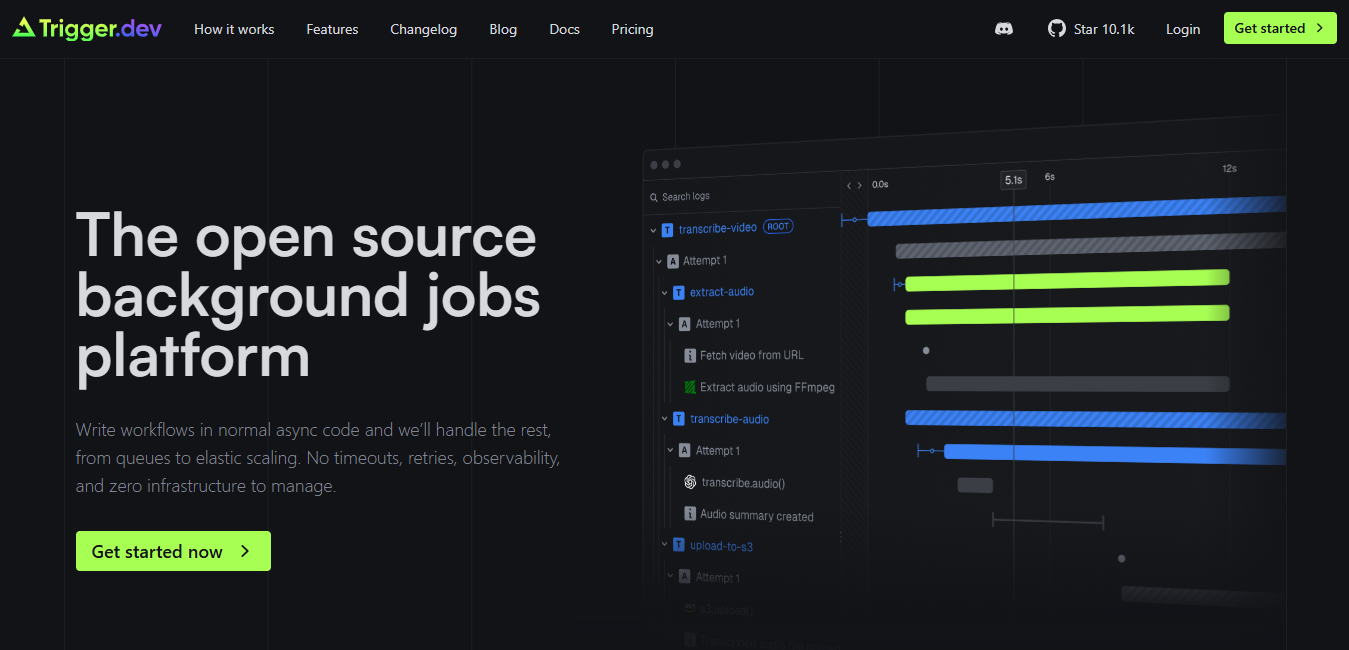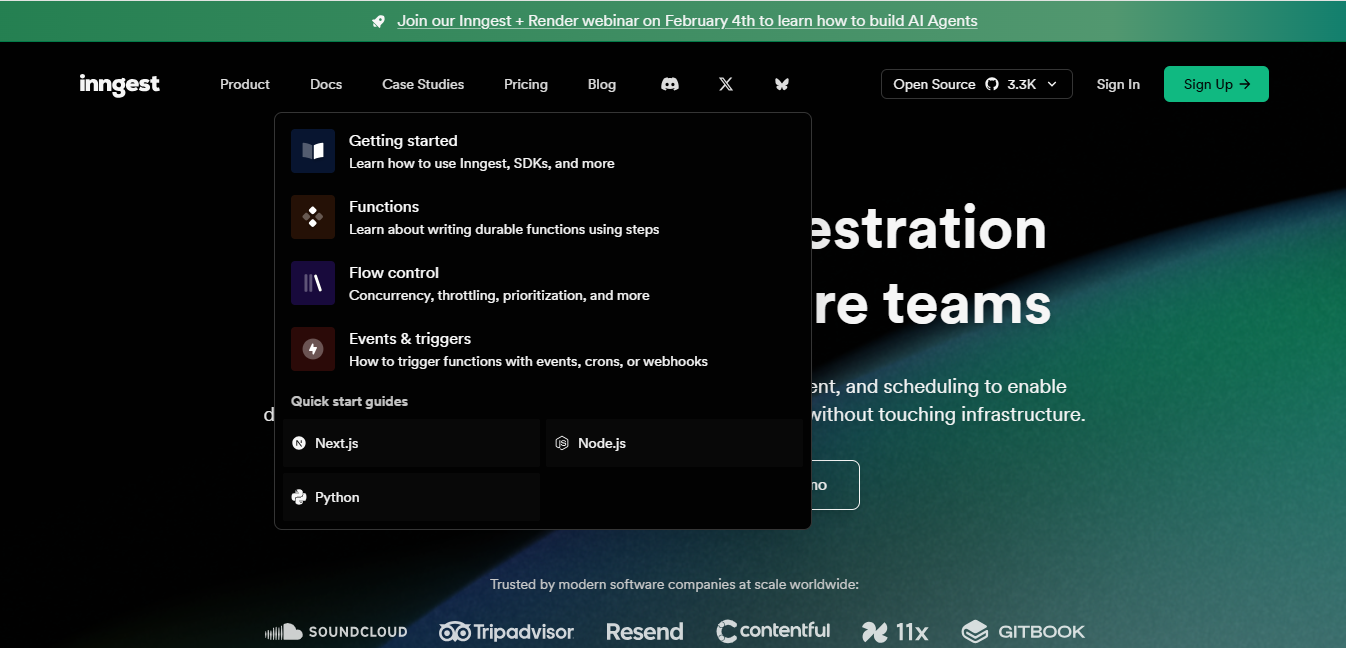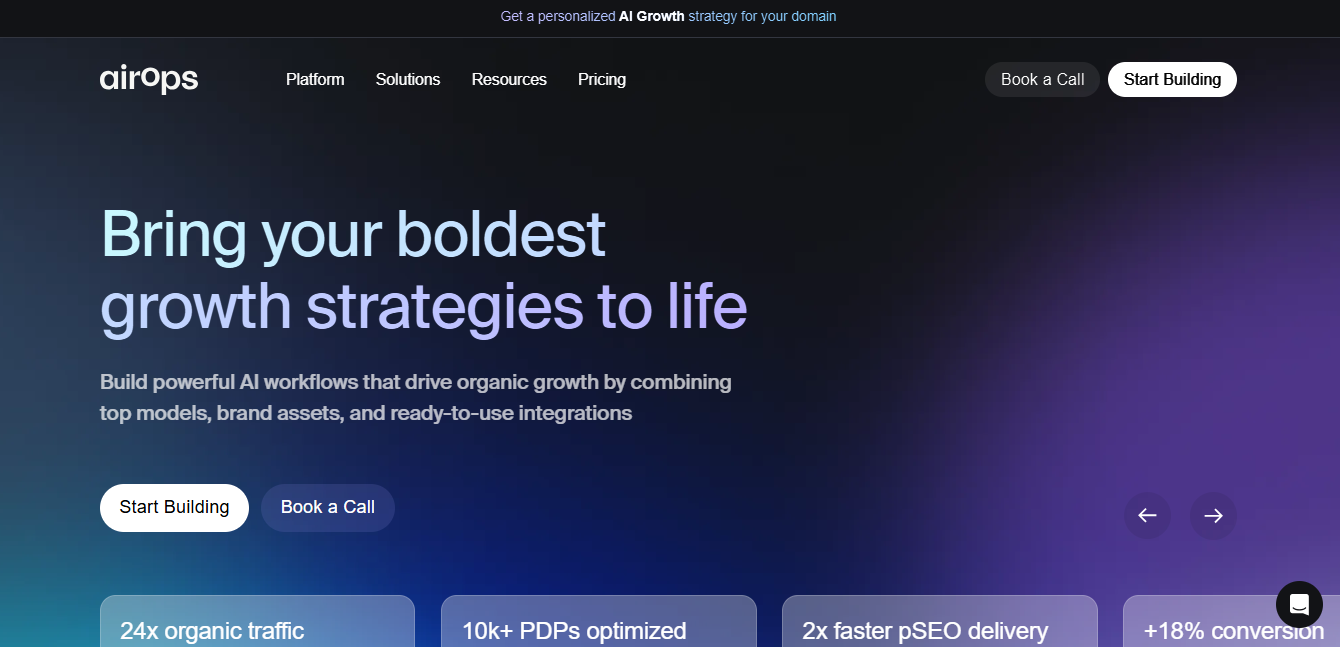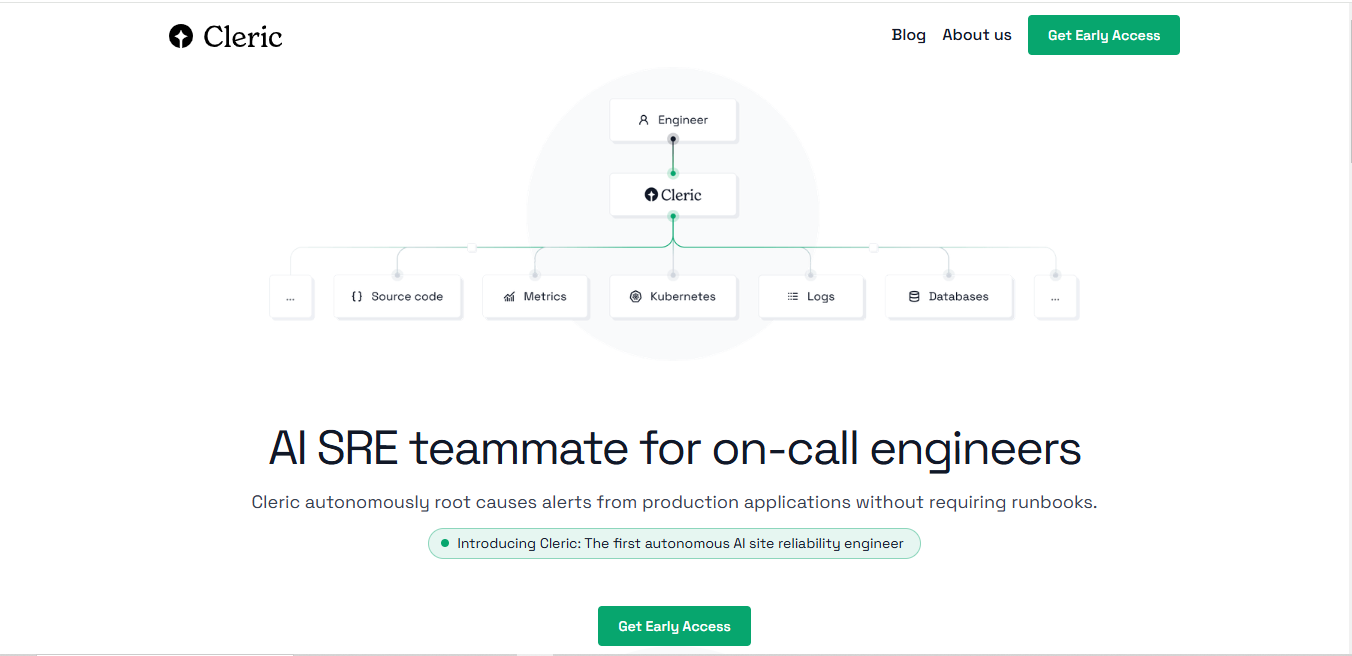
TensorFlow
What is TensorFlow?
TensorFlow is an open-source machine learning framework developed by Google that simplifies the creation and deployment of ML models. It provides comprehensive tools for building neural networks, handling large datasets, and implementing complex AI solutions across various platforms.
Top Features:
- Keras Integration: high-level API that makes building neural networks straightforward and intuitive.
- TensorBoard: powerful visualization tool for tracking and analyzing model training progress.
- Distributed Training: capability to train models across multiple GPUs and devices efficiently.
Pros and Cons
Pros:
- Flexibility: supports multiple platforms and devices for model deployment and training.
- Community Support: extensive documentation and active developer community for problem-solving.
- Pre-trained Models: access to numerous ready-to-use models for various applications.
Cons:
- Resource Intensive: requires significant computational power and GPU resources for optimal performance.
- Learning Curve: beginners may find it challenging to master complex features.
- Memory Usage: deployment requires substantial memory, around 400MB for basic library.
Use Cases:
- Image Recognition: processing and analyzing visual data for classification and detection tasks.
- Natural Language Processing: building models for text analysis and language understanding.
- Predictive Analytics: creating forecasting models for business intelligence applications.
Who Can Use TensorFlow?
- Data Scientists: professionals working on machine learning projects and model development.
- Researchers: academics conducting deep learning experiments and AI research.
- Developers: software engineers implementing AI solutions in applications.
Pricing:
- Free: open-source framework available at no cost.
- Enterprise Support: custom pricing for business implementations and support.
Our Review Rating Score:
- Functionality and Features: 4.8/5
- User Experience (UX): 4.2/5
- Performance and Reliability: 4.7/5
- Scalability and Integration: 4.9/5
- Security and Privacy: 4.6/5
- Cost-Effectiveness: 5/5
- Customer Support and Community: 4.8/5
- Innovation: 4.9/5
- Data Management: 4.7/5
- Customization: 4.8/5
- Overall Rating: 4.7/5
Final Verdict:
TensorFlow stands out as a powerful machine learning framework with exceptional scalability and versatility. Despite its steep learning curve, it delivers outstanding performance for both research and production environments, making it an essential tool for AI development.
FAQs:
1) Is TensorFlow suitable for beginners?
While it has a learning curve, beginners can start with the Keras API, which provides a more accessible entry point to machine learning.
2) What's the difference between TensorFlow 1 and 2?
TensorFlow 2 introduces eager execution, better Python integration, and simplified APIs, making it more user-friendly than version 1.
3) Can TensorFlow run without a GPU?
Yes, it runs on CPU, but GPU acceleration significantly improves performance for complex models and large datasets.
4) How does TensorFlow compare to PyTorch?
TensorFlow excels in production deployment and mobile applications, while PyTorch is often preferred for research and experimentation.
5) What hardware requirements does TensorFlow need?
Basic models run on standard computers, but deep learning requires at least 8GB RAM and preferably a dedicated GPU.
Stay Ahead of the AI Curve
Join 76,000 subscribers mastering AI tools. Don’t miss out!
- Bookmark your favorite AI tools and keep track of top AI tools.
- Unblock premium AI tips and get AI Mastery's secrects for free.
- Receive a weekly AI newsletter with news, trending tools, and tutorials.







